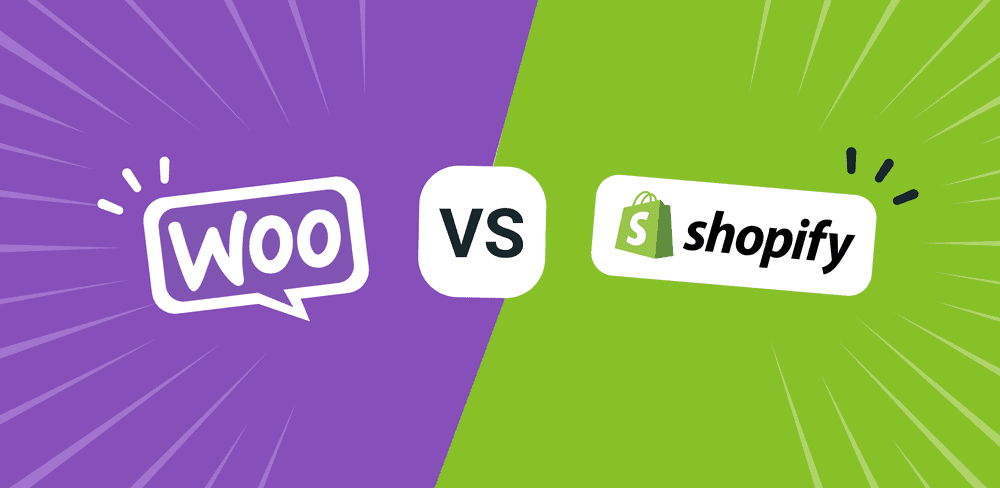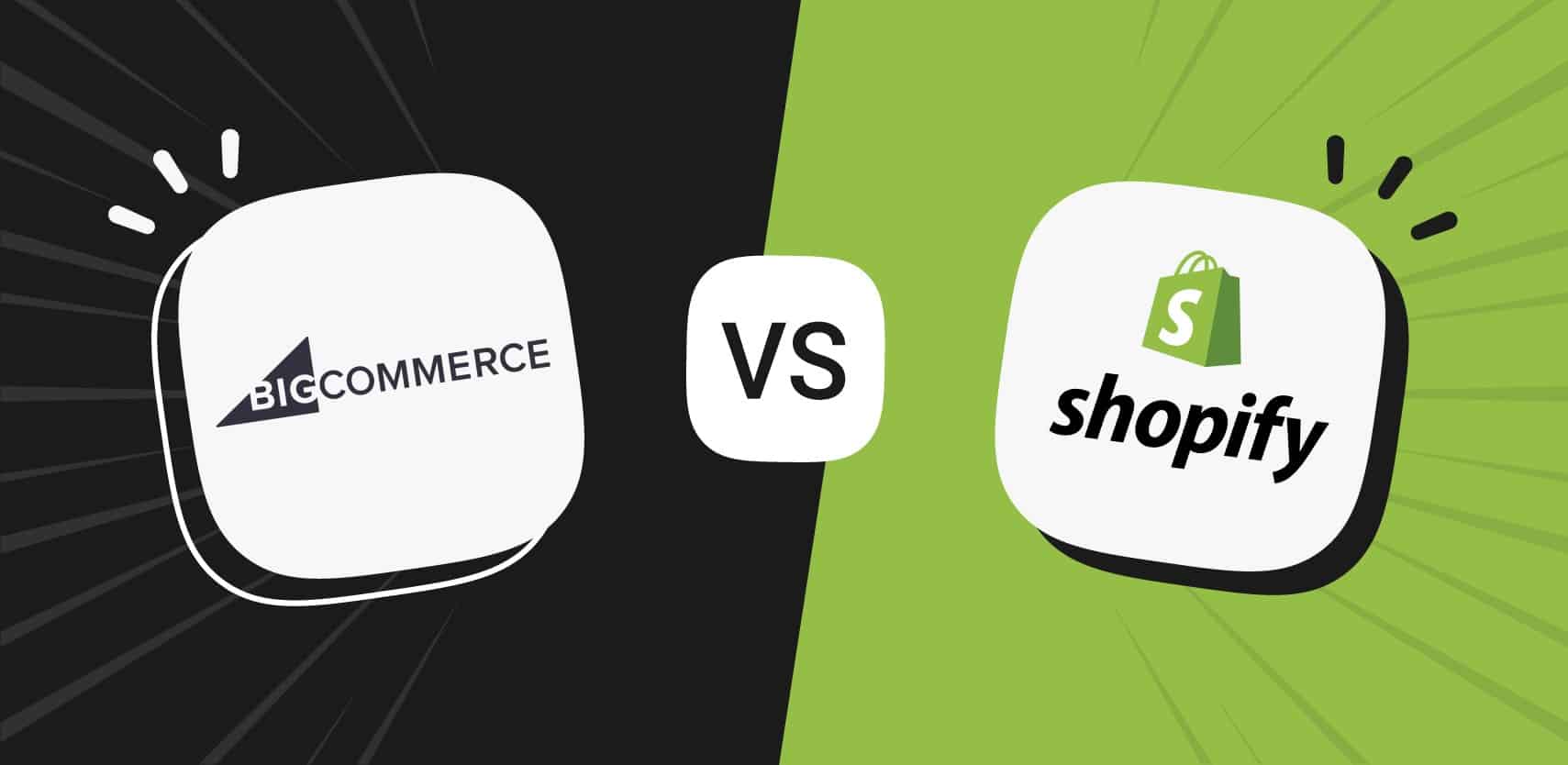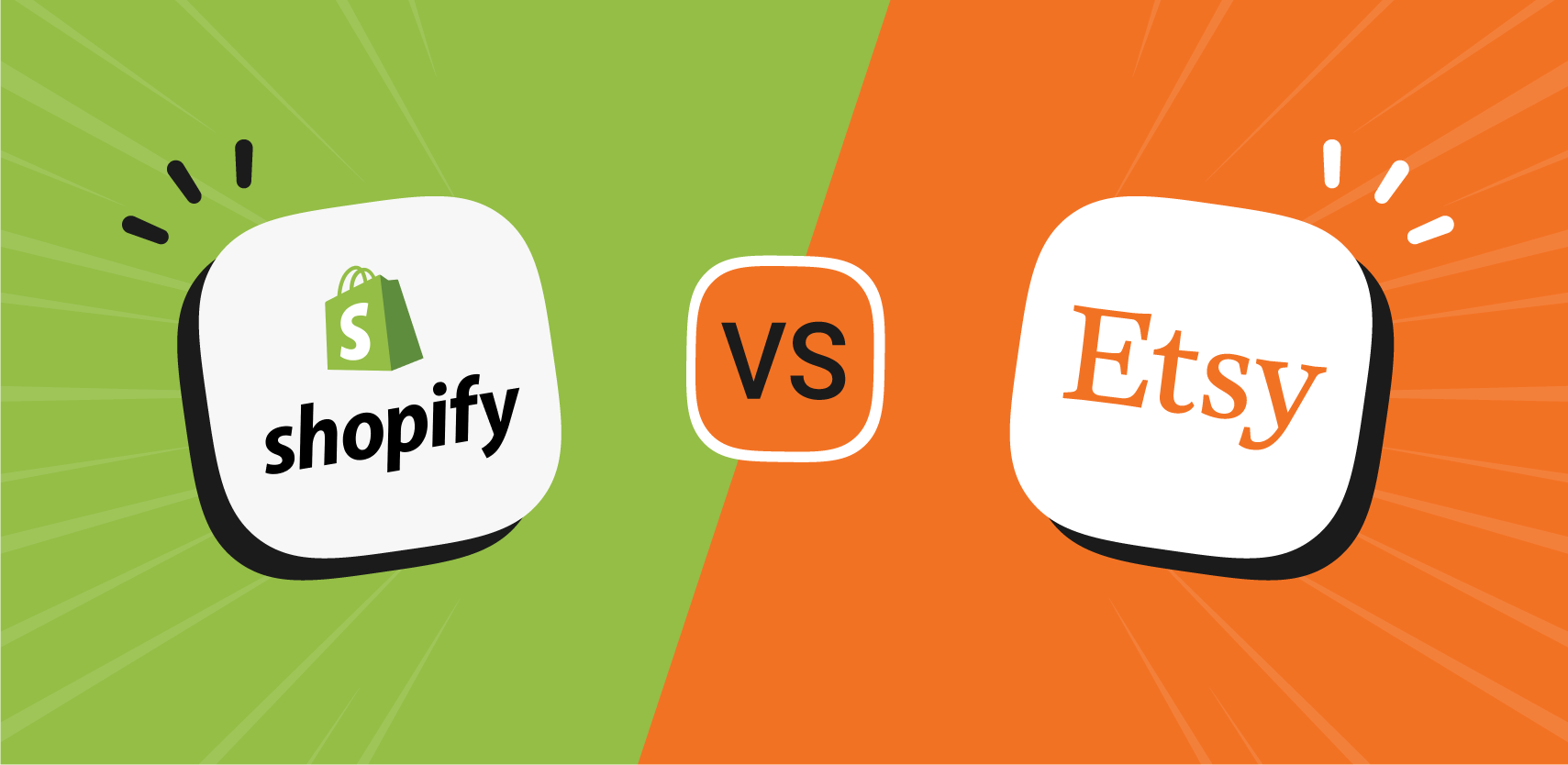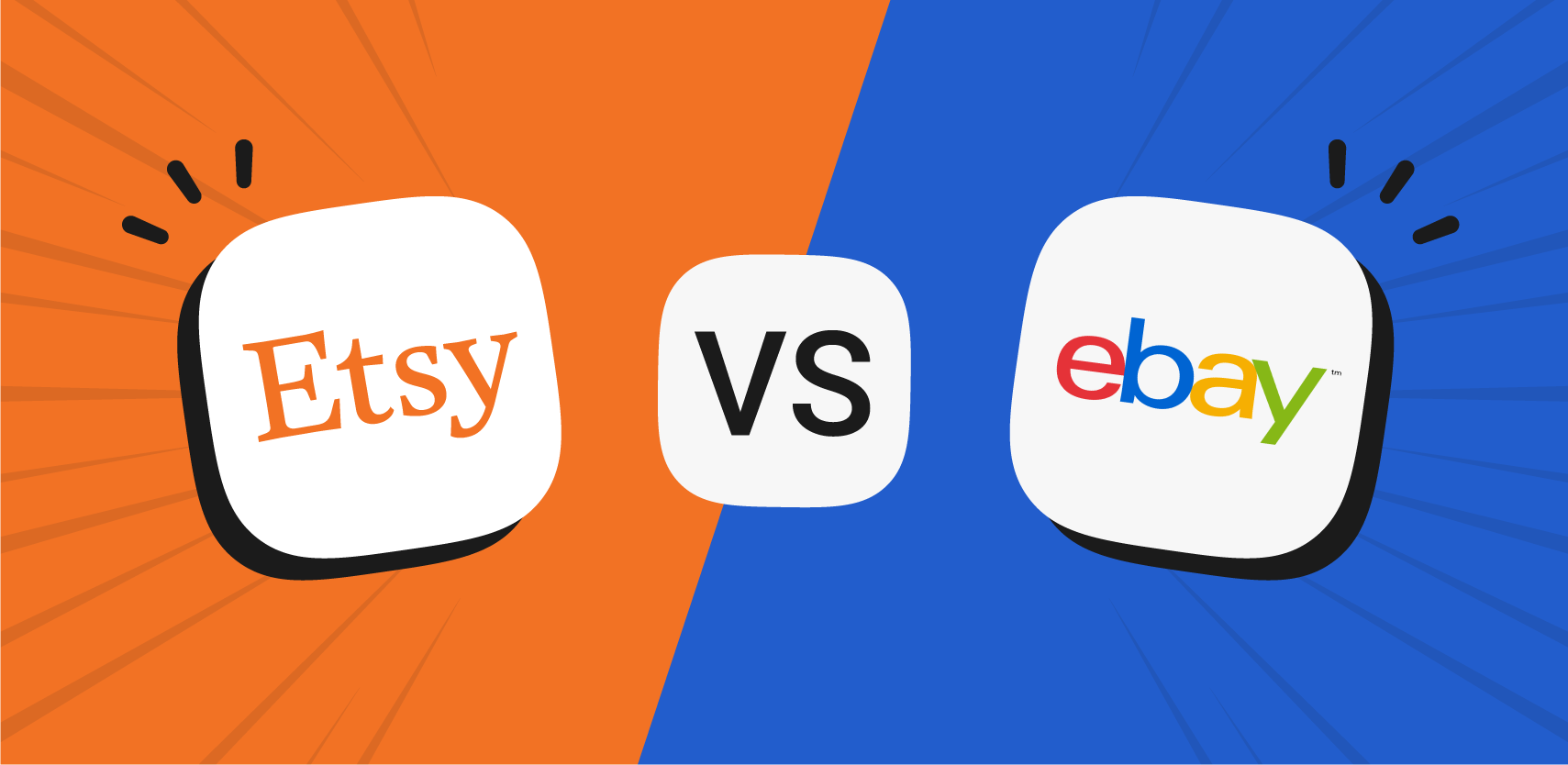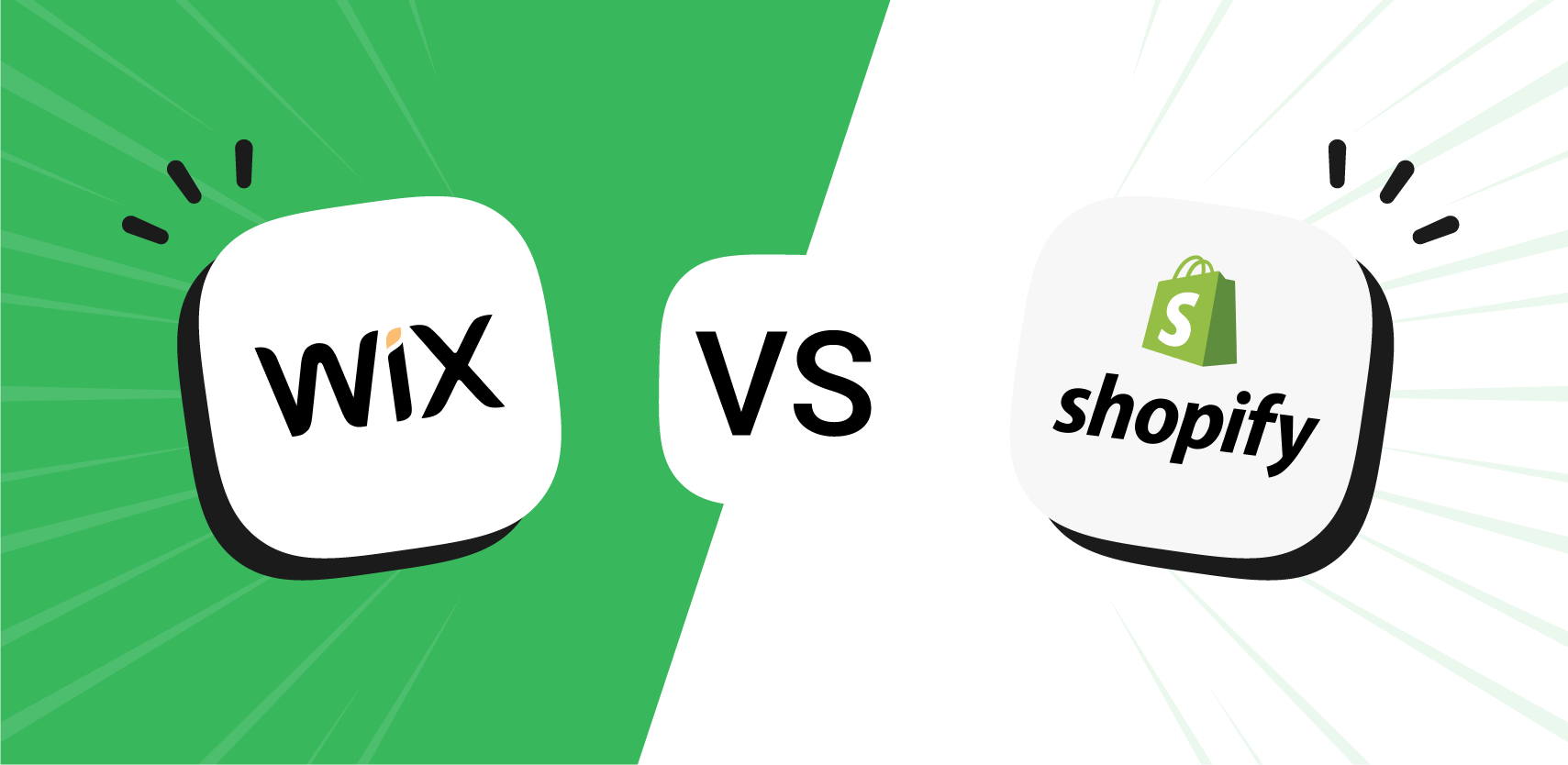Finding a place to start selling your products can often become a struggle itself, so we have created a beginner-friendly guide on the best sites to sell online. Find answers to the most common questions regarding eCommerce platforms and marketplaces and pick the best option for your store.
- Which sales channel should you choose?
- What are the pros and cons of each one?
- Which best fits your needs?
On this page, you will find everything you need to know about which sales channel is right for you. We’ll go over all the perks each channel has to offer as well as which option might best suit your professional or personal needs.
Depending on what your goals are, what your vision is, and how much time you’d like to spend – or can afford to spend at this point in your journey – we’ll give you all the details necessary for you to make an informed decision.
Printify works with all major sales channels:
All the sites mentioned above can host your online store and integrate with Printify.
Before we dive into the specifics of each channel, however, we need to clarify one big difference: what is the difference between an eCommerce Platform Model and an eCommerce Marketplace Model?
eCommerce Models: Platform vs. Marketplace
eCommerce Platform Business Model
The Platform model is the ideal way to sell online if you have a very specific vision about how your store’s own website will look.
In short, the platform approach means you have your own, personalized website for all your products. It’s highly customizable, gives you more control over your content, branding, promotions, and customer information collection.
Pros:
- Highly customizable looks
- More control over customer data
- Can re-target customers & create repeat buyers
- Brand-friendly
Cons:
- Time-consuming to set up & customize
- Requires some technical knowledge to setup
- Higher costs to drive traffic to your site via ads/marketing
- Payment setup is not always convenient or free
eCommerce Marketplace Business Model
This is a place where multiple sellers can list their products for sale. That means that all virtual stores are hosted on a single website and you compete with other sellers who may sell similar items to yours.
Usually, this type of selling gives you less control over your store’s appearance, content, branding, and the information you can collect. However, it’s faster to set up and online marketplaces tend to have big amounts of free buyer traffic, as they’re well-known.
Pros:
- Easy and fast setup
- Easy maintenance
- Pre-existing customer traffic – cheaper to run
- Beginner-friendly
Cons:
- Less creative control over customization
- Highly competitive
- Each Marketplace has its own set of strict rules
- A hefty percentage on each order goes to the marketplace
- Trickier when it comes to gathering customer data
Difference Between eCommerce Platform and Marketplace
Here is a thorough comparison between the platform and marketplace models, including all the main features from setup and customization to commissions and integrations.
Setup Difficulty
Platform Model
- Time-consuming to set up & customize
- May require some technical knowledge to setup
Marketplace Model
- Easy and fast setup
- Easy to maintain
- Newbie-friendly
Traffic/ Ad Cost
Platform Model
- Higher cost as you can drive traffic to your site only via ads/marketing
Marketplace Model
- Pre-existing customer traffic – cheaper to run
- You can choose to run ads to your store if you wish
Customization
Platform Model
- Highly customizable looks
- Time-consuming to set up and customize
Marketplace Model
- Minimal predetermined themes
Customer Data Control
Platform Model
- More control over customer data
- More control over branding, promotions, and content
- Can re-target customers and create repeat buyers
Marketplace Model
- Very limited
- No upselling possibility
- No email or data collection
Rules
Platform Model
- Great customer support
- Bigger communities to seek help about selling in certain categories
Marketplace Model
- Each Marketplace has its own set of strict rules
- Potential penalties if you don’t abide by the platform regulations
Commission
Platform Model
- Payment setup is not always convenient nor free
Marketplace Model
- A hefty percentage on each order goes to the marketplace
Competitiveness
Platform Model
- As competitive as you make it
Marketplace Model
- Highly competitive
Integrations
Platform Model
- Virtually unlimited
- Can become costly
Marketplace Model
- Very limited
Key Takeaways
Marketplace
Marketplaces are a great point to start your print-on-demand journey. With limited risks, faster setup, and less to worry about, it can be an ideal gateway if you’re a beginner.
Verdict: Great for newbies but not for someone who wants to build brand awareness.
eCommerce Platform
Platforms give so much more control over the finer details, making them truly powerful in the right hands. However, with a steep learning curve along with the setup times and running effort that is needed, it’s recommended for experienced sellers with a unique brand vision in mind.
Verdict: Great for mid to advanced level sellers who need all the extra power in their hands.
Note to new sellers: While this might seem discouraging, don’t let it keep you from trying your hand on a Platform-model website. Our verdict’s reasoning is due to our data, showing that many sellers begin on Marketplace websites like Etsy. When they gather more experience, they graduate to a Platform website or expand to other marketplaces.
8 Best Sites to Sell Online –
A Brief Overview of Your Choices
Picking the right sales channel is often half the battle, especially when you’re just starting off. That’s because once you’ve made your choice, you’re more likely to stick with what you know and try to make it work.
Our goal is to help you stay as informed as possible so that you hit the ground running. No one wants to spend days if not weeks setting their store up only to realize that the selected channel is not a great fit for your needs.
That being said, here are all the channels that Printify integrates with and their basic perks.
1. Etsy
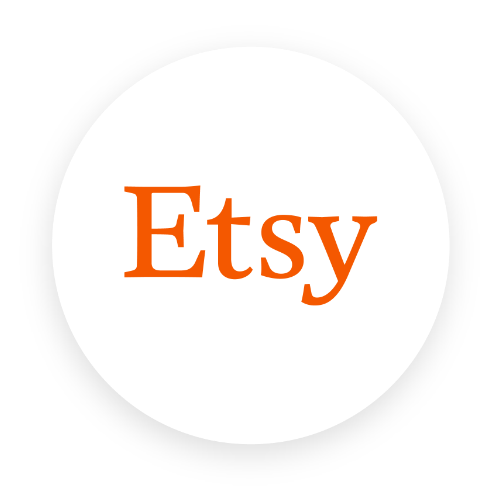
- Easy and straightforward setup
- No hosting fees
- Huge traffic to draw from
- $15 per month gets you a personalized website within Etsy
- Beginner-friendly
Pros. Etsy is one of the best places to sell products for online shopping, especially for beginners. Set up your store completely free of charge in only a couple of minutes by creating a profile, adding products and their information. Another Etsy plus is a large amount of traffic drawn simply by Etsy’s popularity. It’s an online marketplace where customers find your products, so you don’t have to promote your own brand that much.
Cons. Etsy has various transaction fees that can eventually leave an impact on your business. From $0.20 listing fees, a 5% transaction fee on items you sell through Etsy, to a standard 3% + $0.25 payment processing fee. Another con is the strict rules about what you can sell through the marketplace. Only handmade goods, craft supplies, and vintage items are allowed.
2. Shopify
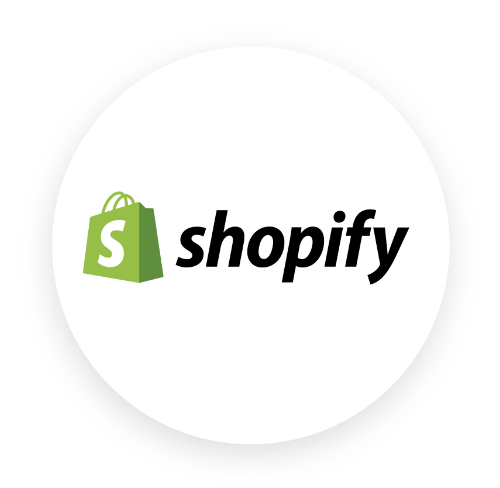
- Budget-friendly for beginner sellers at $9 for Shopify Lite
- Great functionality
- Personalization
- Shopify Plus starts at $2,000
Pros. Shopify is extremely scalable. It is built for all types of stores – big brands and small businesses. Another major pro from their end is the no-restrictions policy when it comes to selling products. Sell an unlimited amount of physical goods and services, as well as digital items. There are no rules for the product types you can sell on Shopify.
Cons. Customers have to search for your online business specifically, so your traffic solely depends on you, the brand, and your marketing skills. Another con can be the add-ons. While there are various Shopify apps that you can use to customize and advance your store in a good way, adding apps can make the monthly costs too high for beginners and small-scale sellers.
3. BigCommerce
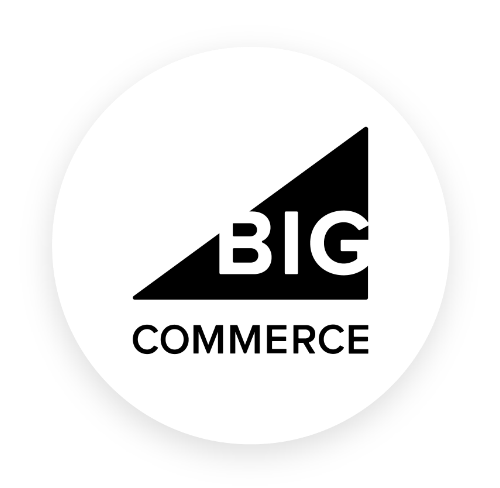
- Small-to-medium size business
- Personalizable with 7 free themes
- $145 to $243 per month for more themes
- $29.99 per month starter pack
- Fully hosted website
Pros. Receive your own built-in blog with many advanced features and free themes that other platforms only offer for premium plans. BigCommerce does not apply any transaction fees, compared to other eCommerce platforms, even if you use a third-party payment gateway. Another major pro is the real-time shipping costs and calculations, which are available on any plan, not just premium.
Cons. Annual online sales are limited. If you exceed them, you have to upgrade to a bigger and more expensive monthly plan. Also, compared to competitors, the abandoned shopping cart recovery feature is quite expensive. And while the free themes are a bonus, they tend to be quite similar, and the number of included typefaces is very limited.
4. WooCoommerce
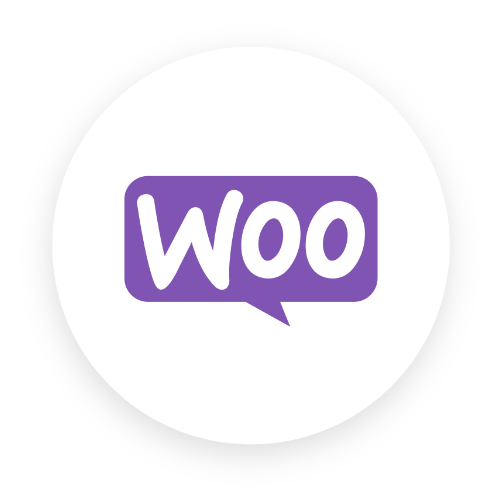
- WordPress is an Open Source platform
- Free but merchant needs to cover hosting costs
- Great support
- Highly Customizable
- WordPress Knowledge Needed
- Not newbie-friendly, catered towards advanced sellers & coders
Pros. WooCommerce is one of the best online selling platforms for advanced sellers, without serving only a specific niche market. Business owners can sell all kinds of products, from physical and downloadable items to invites to training sessions or webinars. Another major pro is customization. WooCommerce helps merchants create a store specific to their type of products. It has a large number of free plugins, as well as themes that you can customize from the header to the smallest detail.
Cons. One of the biggest cons is the WordPress-specific build. WooCommerce cannot be used in sites that are not hosted by WordPress. This can be a problem for established businesses, as they would need to re-make their entire website in order to use WooCommerce. Another major con is the expenses. While WooCommerce is free to download and install, some extensions require a service fee.
5. Wix

- Great for solopreneurs and small businesses
- Great integration
- 72 Free Themes
- On-page support
- Simple to use & setup
- Upselling features
- Lack of automation
- Limited customization
Pros. Great site speed and a massive template collection are only some of the pros Wix has. Templates provide a hassle-free approach for those who don’t know how to or don’t want to build their own online store page from scratch, and Wix is very generous with them. Another great feature is the built-in SEO management. Tell Wix about your own store and main focuses by filling in keyword tags, and the platform will make sure your online store will be found on Google. The easy setup, use, and great support team are what make this platform so popular.
Cons. Nothing in life is completely free, there is always a catch. If you choose to stay on the free Wix plan, your site is forced to display Wix branding. Furthermore, if you wish to track sales for each item sold, which item sells, which doesn’t, and other measures, it will cost you, while tracking and analytics require a paid plan. And lastly, one of the biggest Wix cons is the fact that your site isn’t transferable. If you sign up for Wix, they have you for life.
6. PrestaShop
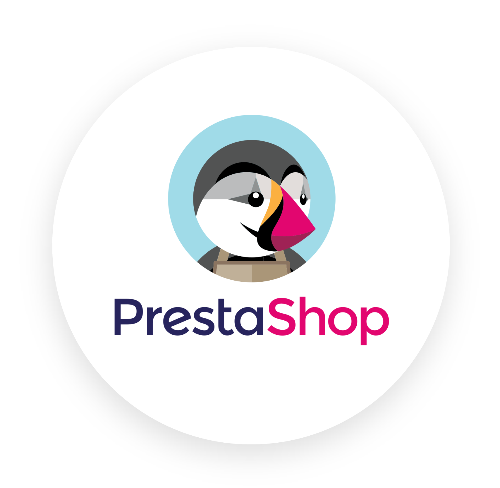
- Open-sourced
- Needs technical know-how to set up
- Extensive integration across the board
- Active community for troubleshooting
- Slow to load & costly
- Limited integrations with 3rd Party marketing tools
Pros. This open-source software is quite easy to use for any merchant with minimal technical knowledge. A large amount of free plugins helps you set up a great basic shop for online selling. PrestaShop is very flexible when it comes to customization, making it easy to add, remove or personalize a page to your liking. Another great feature is localization. PrestaShop supports multiple currencies and languages, allowing you to easily sell items online around the world.
Cons. PrestaShop designs are most suitable for low-budget stores, as they lack a professional touch. The biggest and most important con is the lack of an official support team. There are no PrestaShop troubleshooting experts or support channels. However, the community comes together and helps out each other by listing problems and solutions on various support pages.
7. eBay
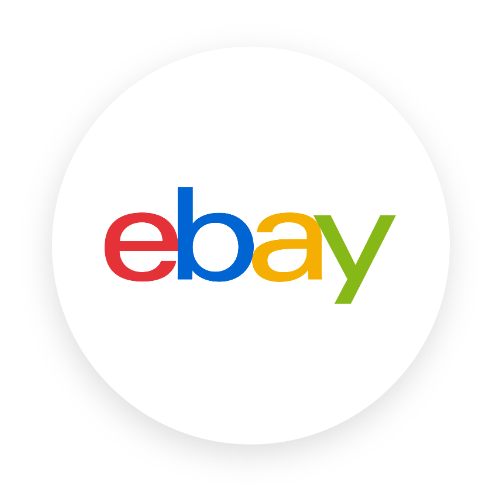
- Allows to sell multiple categories of products (used, etc.)
- Generalized accessibility
- Huge pre-existing traffic especially in the US and UK
- Option to sell in bulk & reselling/ flipping items
- Easy to set up
Pros. One of the biggest pros eBay has is the ability to sell anything, new and used. From books, crafts, clothing, electronics to car parts and more. The options are endless. Selling products online can be tricky, but with eBay, the process is simple and easy. Sell locally or worldwide with affordable prices for your products. eBay’s popularity will attract the traffic for you. No need to spend much on marketing tools and campaigns.
Cons. Selling fees are one of the main reasons people opt out from selling on this online marketplace. If you have low profit margins, you might not benefit from selling things online, especially on items with lots of competition. However, to avoid confusion and highlight hidden fees, eBay even has a fee calculator and help site that will advise and guide you through the processes. The competition is fierce, as eBay has millions of active users. If you want to successfully sell products online, come up with better deals or prices to stand out amongst the others.
8. Printify API
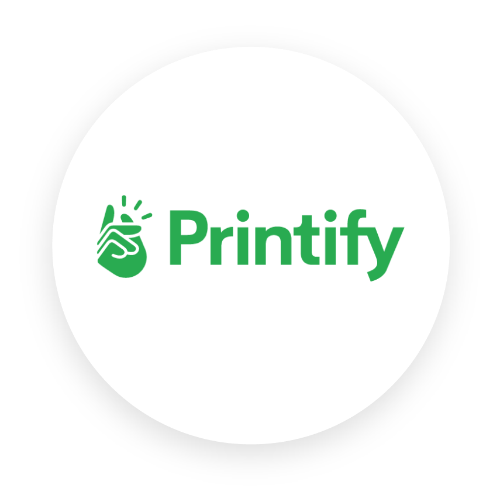
- Needs coding experience
- Great choice if you have an existing community or custom platform
- Great for scaling & monetizing through an existing audience
- A great solution for individual merchants/ large businesses with custom needs
For Ecommerce platform owners:
Allows hundreds of thousands of Merchants to sell on your custom platform
For individual merchants:
Allows you to connect Printify to your custom eCommerce store or application
Whether you use your own mockup generator or capture user-generated designs, with the Printify API, you can easily place those images on any products from our catalog, list them online, and fulfill.
If you don’t use Shopify, Etsy, BigCommerce, or any other eCommerce platform and marketplace, the Printify API allows you to connect your own custom store with the same benefits of automation that our existing integrations do.
Would you like to learn more?
We got your back!
Want to read more on each specific platform that Printify integrates with? Below you’ll find a list of detailed blog pieces about each sales channel.
We go through the details and help you make informed decisions that will best help your print-on-demand path to rock stardom:
WooCommerce vs Shopify: Which is Best for Your Online Store?
BigCommerce vs. Shopify – Choosing the Right eCommerce Platform
Shopify vs. Etsy: Which Is the Best eCommerce Platform for Your Store?
Etsy vs. eBay: Who Makes a Better E-commerce Partner for Merchants?
Wix vs Shopify: Which Platform Is Better for You?
Make It Happen Today!
The post Best Sites To Sell Online: A Brief Overview appeared first on Printify.



